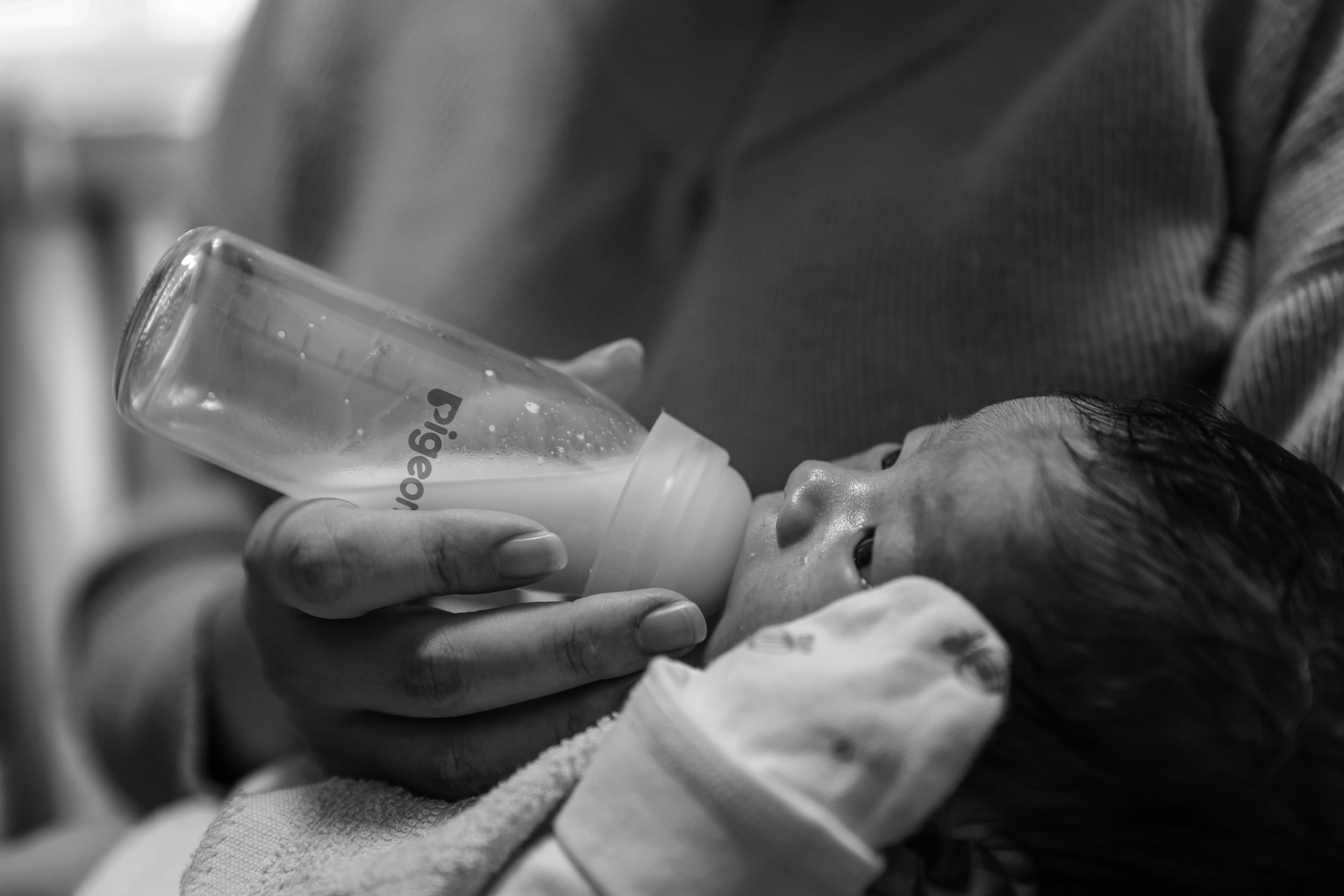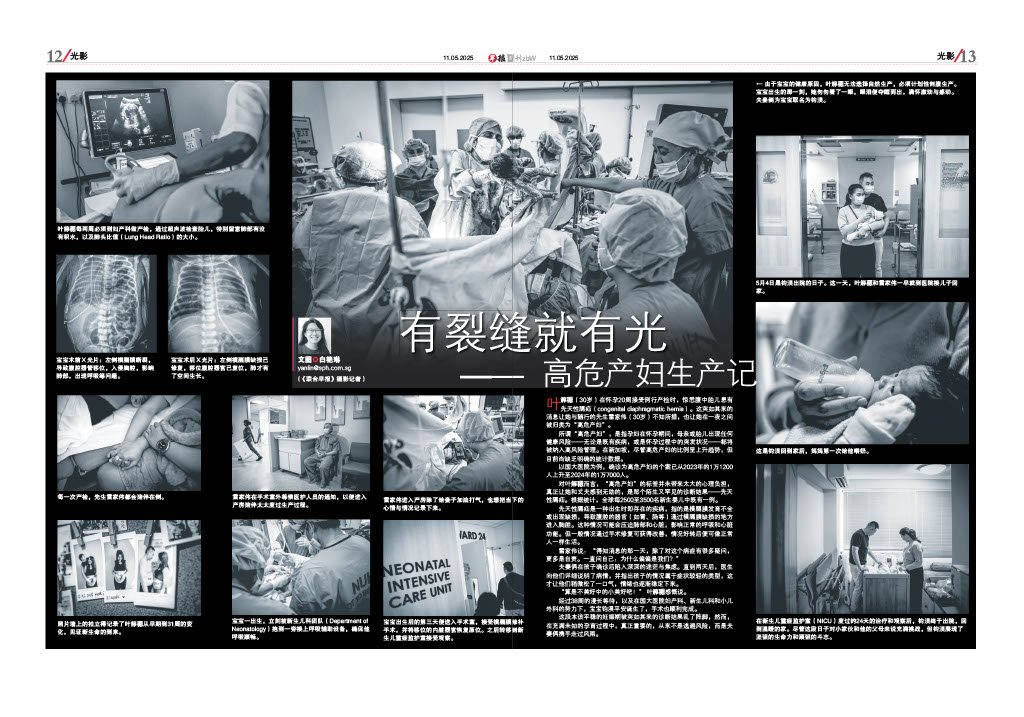When there is light, there is hope
At her 20-week routine prenatal check-up, 30-year-old Grace received a shocking diagnosis: her unborn baby had congenital diaphragmatic hernia (CDH). The unexpected news left her and her husband, 30-year-old Jiawei, at a loss. Overnight, she was classified as a “high-risk pregnancy.”
A “high-risk pregnancy” refers to any pregnancy where the mother or fetus faces health risks—whether due to pre-existing conditions or complications that arise during pregnancy. In Singapore, while the number of high-risk pregnancies is on the rise, there are still no definitive statistics available.
At the National University Hospital (NUH), for example, the number of visits for high-risk pregnancy rose from 11,200 in 2023 to 11,700 in 2024.
For Grace, the “high-risk” label itself wasn’t the most distressing part—it was the unfamiliar and rare diagnosis of CDH that left her and her husband feeling helpless. Statistically, CDH occurs in about 1 in every 2,500 to 3,500 newborns globally.
Congenital diaphragmatic hernia is a birth defect where the diaphragm is underdeveloped or has an opening, allowing abdominal organs such as the stomach or intestines to move into the chest cavity. This can compress the lungs and heart, affecting breathing and cardiac function. However, in many cases, surgery can correct the condition, and with recovery, the child can go on to live a normal life.
Jiawei recalled, “The day we found out, we were full of questions about the condition—but more than anything, we felt guilt. We kept asking ourselves: why us?”
The couple fell into deep anxiety and confusion after the diagnosis. It wasn’t until two days later, when doctors explained the situation in detail and reassured them that their baby’s condition was on the milder end of the spectrum, that they finally felt some relief and began to regain emotional stability.
“It was a small blessing in the midst of something painful,” Grace said with a sigh.
After a long 38-week wait—and with the dedicated efforts of the obstetrics, neonatology, and pediatric surgery teams at NUH—their baby, Darius, was safely delivered, and the surgery was successfully completed.
What was meant to be a smooth pregnancy had been thrown into chaos by the sudden diagnosis. Yet through the uncertainties of this journey, what truly mattered was not avoiding risk—but how the couple weathered the storm, hand in hand.
















